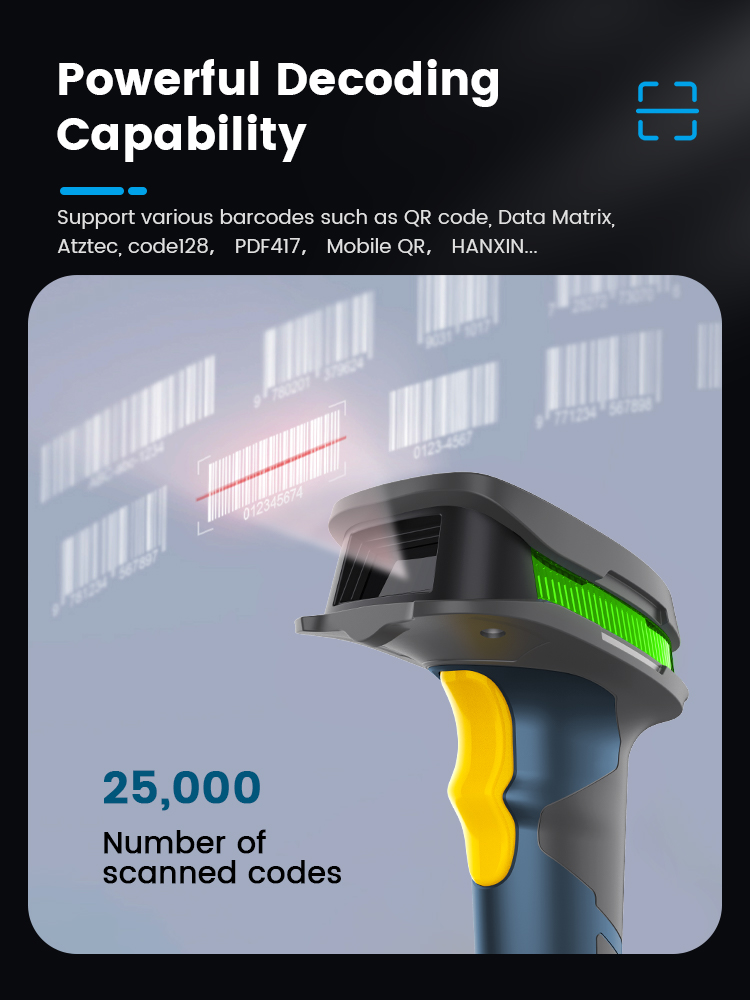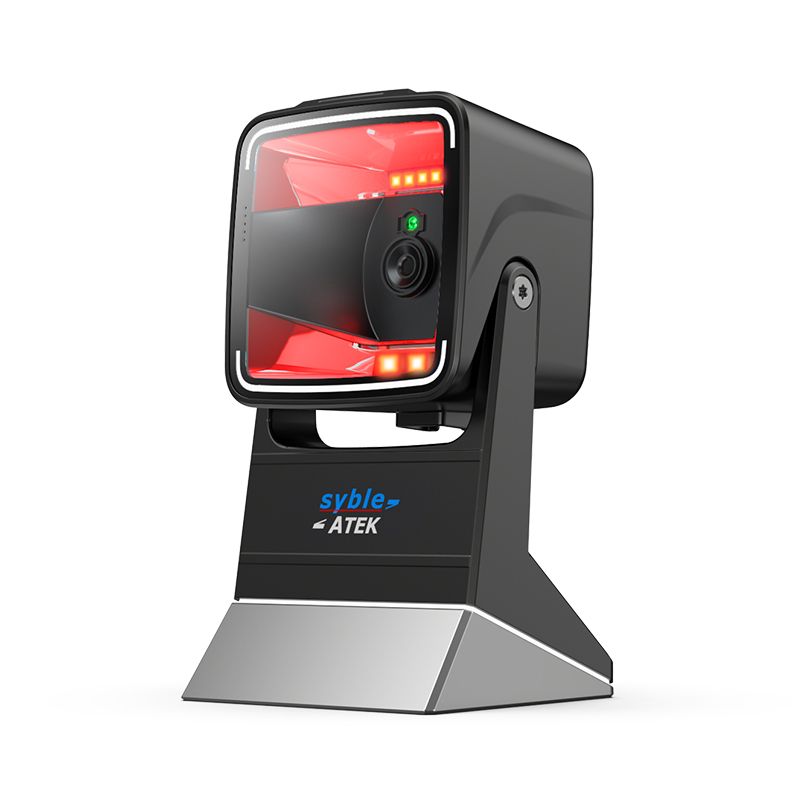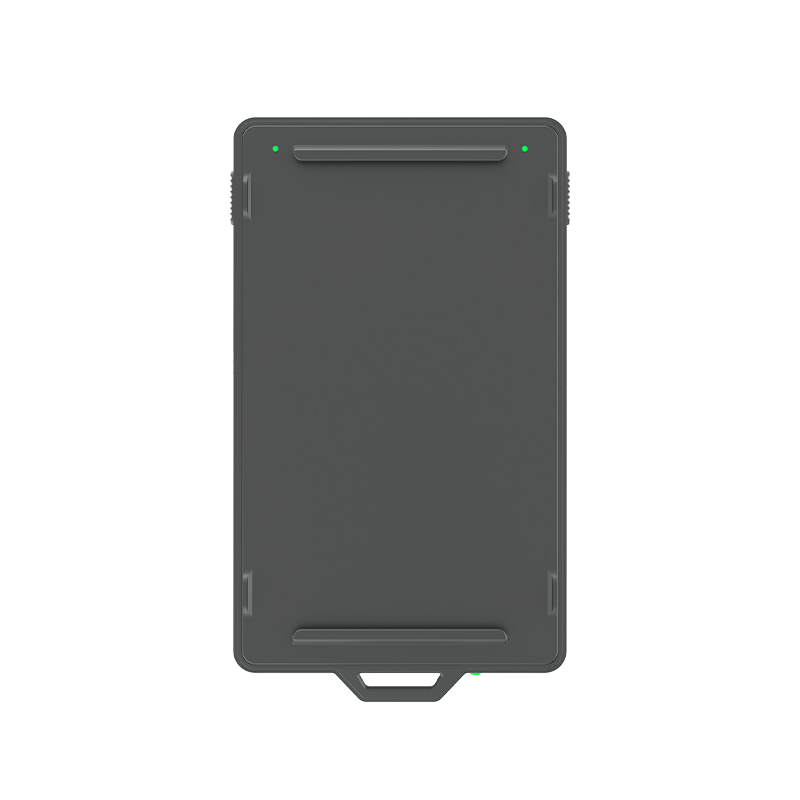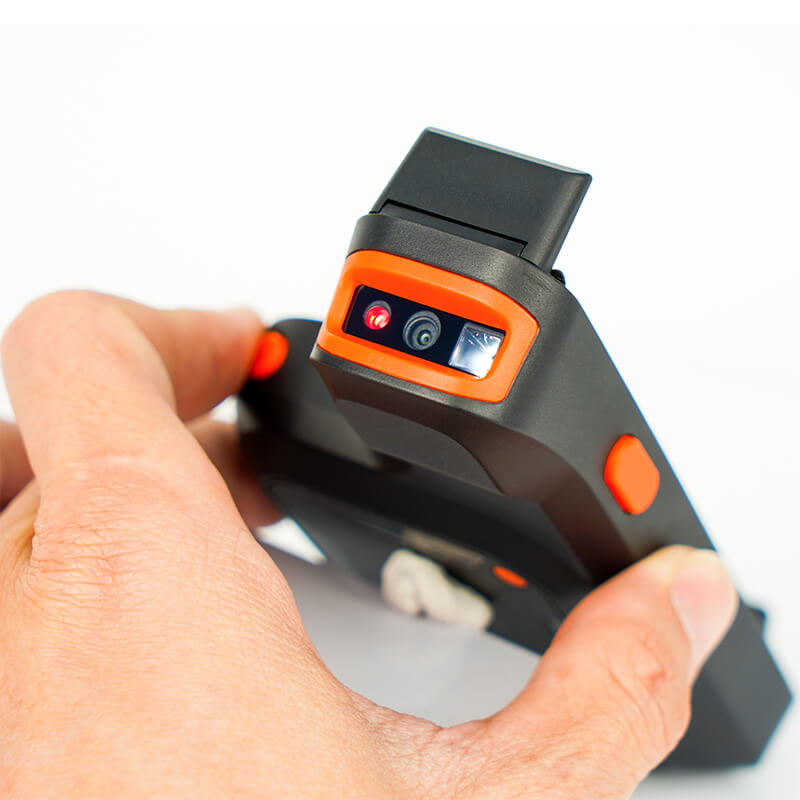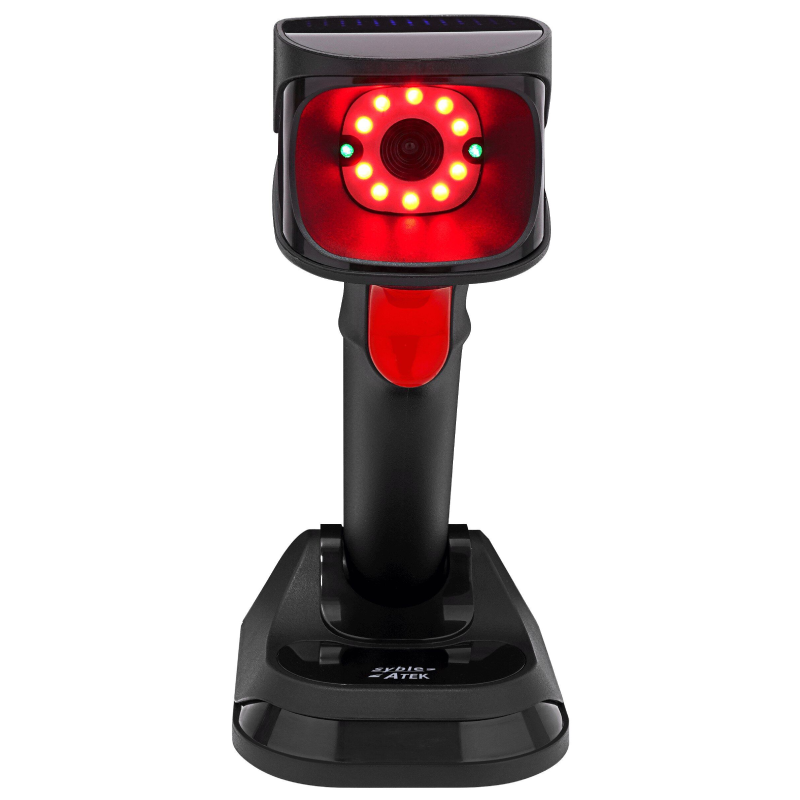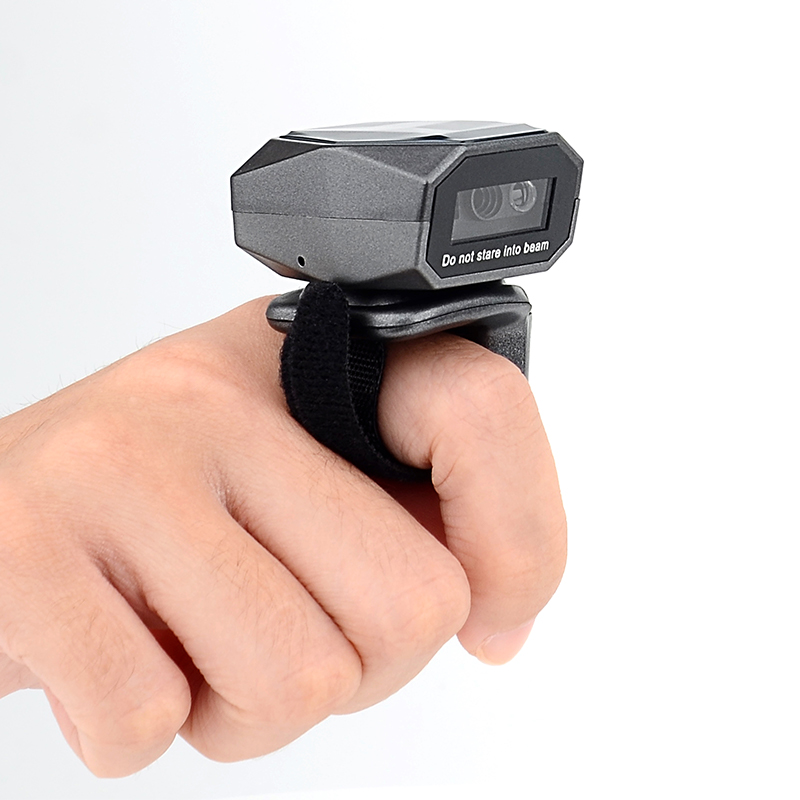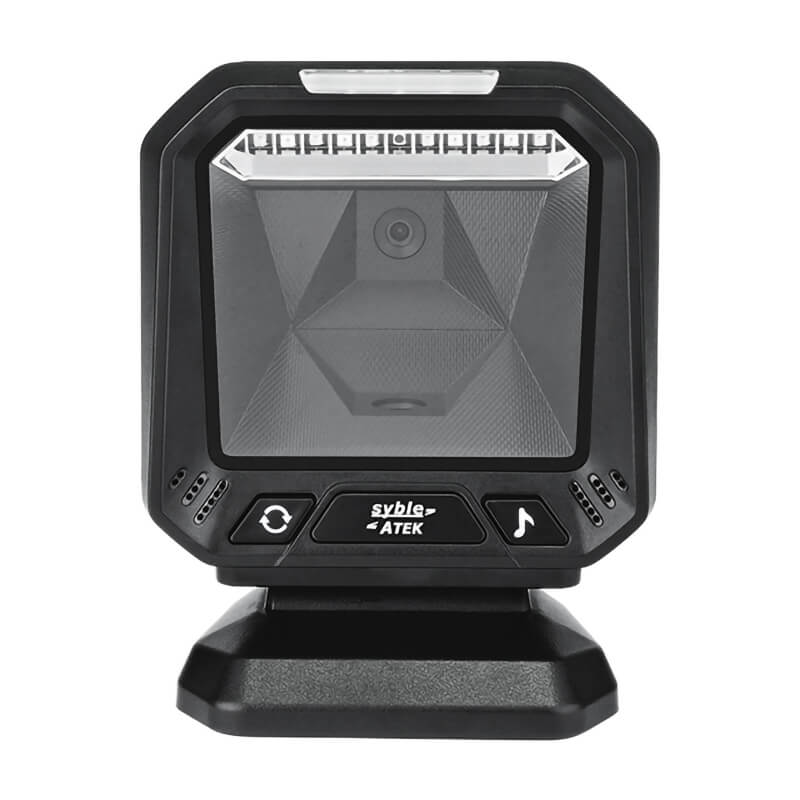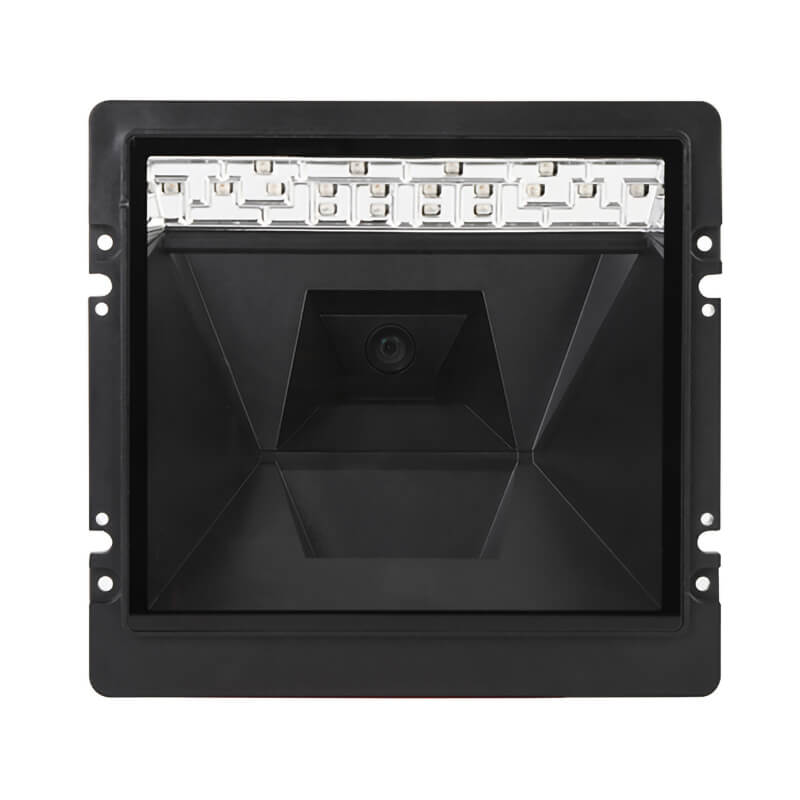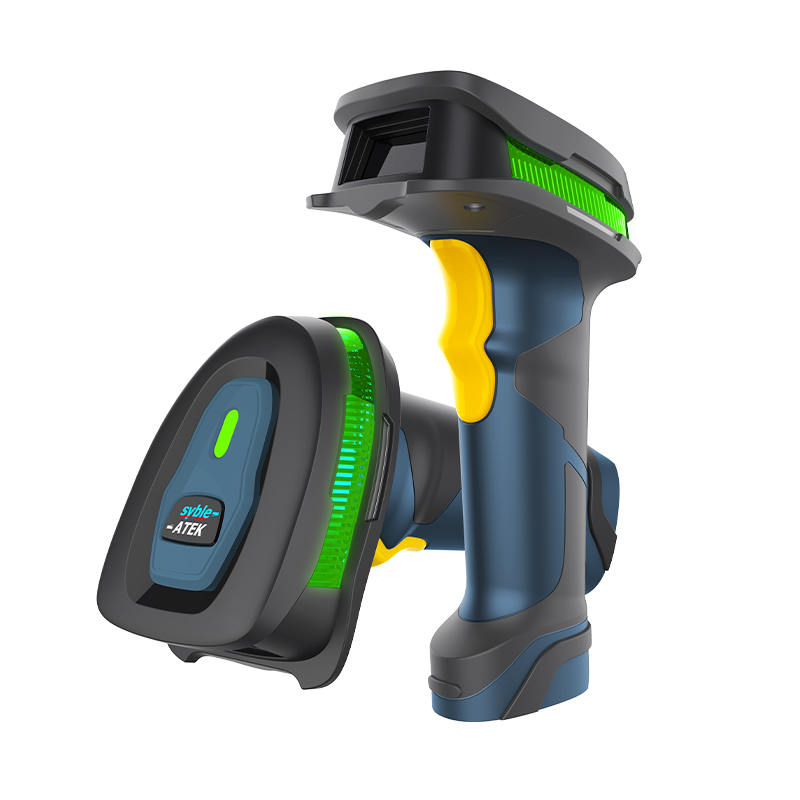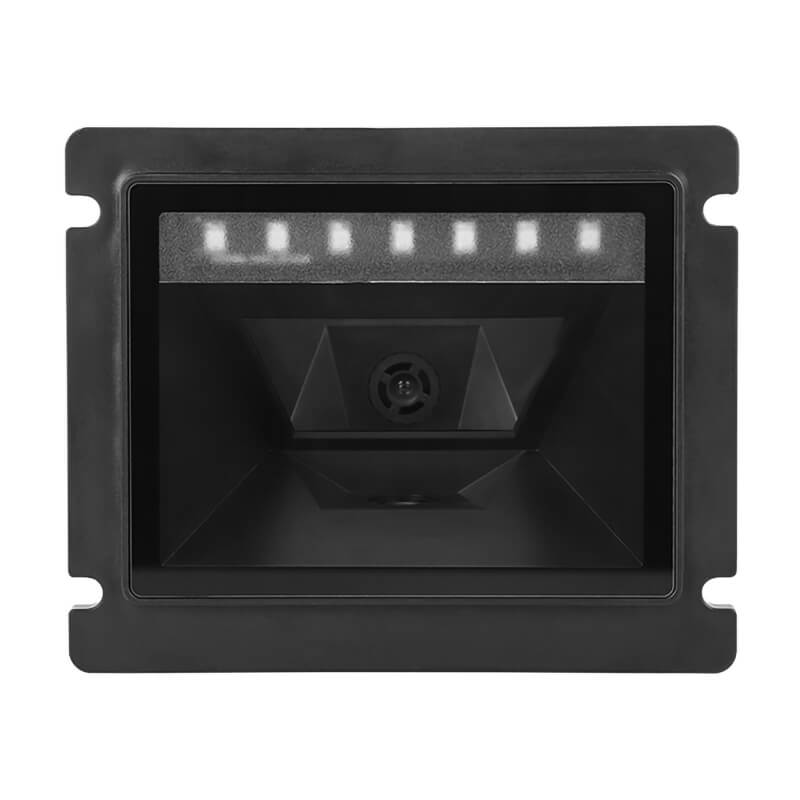Bluetooth technology supports various communication modes, with HID, SPP, and BLE being among the most common.
1. HID (Human Interface Device) Mode:
HID mode is designed for human interface devices such as Bluetooth keyboards, mice, and game controllers. In this mode, the device connects to a host (like a computer or smartphone) via Bluetooth, acting as an input device. Once connected, input from the HID device is recognized as native input by the host. For instance, when a Bluetooth keyboard is connected, the on-screen keyboard on a smartphone may be disabled.
2. SPP (Serial Port Profile) Mode:
SPP is a profile within the classic Bluetooth protocol that establishes virtual serial communication between Bluetooth devices. It facilitates full-duplex data transmission, making it suitable for applications requiring data exchange over Bluetooth, such as Bluetooth-enabled keyboards and mice. SPP offers higher transmission rates, ideal for scenarios demanding swift data transfer.
3. BLE (Bluetooth Low Energy) Mode:
Introduced with Bluetooth 4.0, BLE is tailored for low-power devices and applications. It features low energy consumption, rapid connection times, and extended communication ranges, making it suitable for devices with stringent battery life requirements, like fitness trackers and smart home gadgets. BLE supports both broadcasting and connection modes, allowing for flexible connectivity. Additionally, a single BLE device can connect to multiple devices simultaneously, enabling data transmission across several devices.
In summary, HID mode is ideal for human interface devices, SPP mode caters to high-speed data transmission needs, and BLE mode is best suited for low-power devices requiring prolonged operation.

